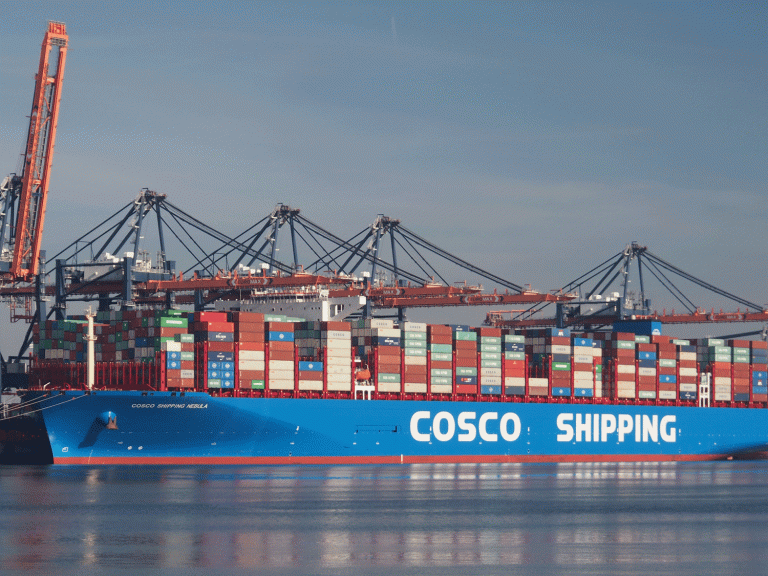
Date:
More blank sailings show wisdom of mixed rate portfolio
As we enter the traditional peak season for sea freight, demand for space from China is falling and the lines are taking action to counter over-capacity in the North Europe and Mediterranean trades, while transPacific demand in stasis.
As Hapag-Lloyd published its Q2 2022 results, the impact of increasing contract rates in 2022 is clear, with more record breaking profits and average freight rates up 70% year-on-year, even with the supply/demand equation shifting in favour of the shipper.
The overall picture is mixed, with rates on some routes experiencing downward pressure, while continuing port congestion has reduced the amount of effective capacity, which stops rate erosion on others. Most notably on the Asia-North Europe trade lane, where major hub ports are suffering a combination of increased import dwell times, labour shortages and industrial action.
Ocean carriers will be looking to blank as much capacity as possible in the short term, to move the supply/demand equation back in their favour.
While no blanking details have emerged, research by Sea-Intelligence has found that certain sailings crop up repeatedly, when it came to blank sailings from Asia to North Europe.
The Danish analysts measured the average number of weeks between a blank sailing on each respective service, to identify those most at risk of blanking.
2M’s AE5/Albatross and AE10/Silk were blanked once every 9-13 weeks in the last 12 months, while AE55/Griffin and AE6/Lion were blanked every 5-6 weeks in the last 12 months.
Ocean Alliance’s AEU2 and AEU6 were hardly blanked in the last 12 months, while AEU7, AEU9, and AEU1 were blanked every 5-7 weeks, while THE Alliance services, were all blanked quite frequently.
Carriers favour certain services, either by virtue of value, routes, or the ports that they call at and knowing which services are more likely to be blanked help us limit disruption to our clients’ supply chains.
To move cargo on specified vessels and routes, in the most efficient and cost-effective method, we apply the most beneficial pricing model for our customer, which may be based on contracts, FAK or spot rates.
We negotiate annual volume and rate contracts across the three alliances, primarily for the largest shippers, who need pricing stability and the best space guarantees.
Freight All Kinds (FAK) pricing allows us to leverage our buying power, to get competitive rates from individual shipping lines on a variety of routes, locked-in for a specified period.
The spot-rate market can offer the lowest rates, but it applies to individual sailings and needs to employed with caution, to minimise instability. It is by far the most unpredictable pricing model, with significant risks, such-as cargo rolling, which may result in financial and transit penalties.
We negotiate long-term and FAK contracts with shipping lines across all three alliances to secure space and rates, to provide the best alternatives and options, whatever the situation.
By leveraging agreements across the alliances – and spot rates, when appropriate – we can often adapt port pairs and routings, to work around blanked sailings, to maintain resilient and reliable supply chains.
